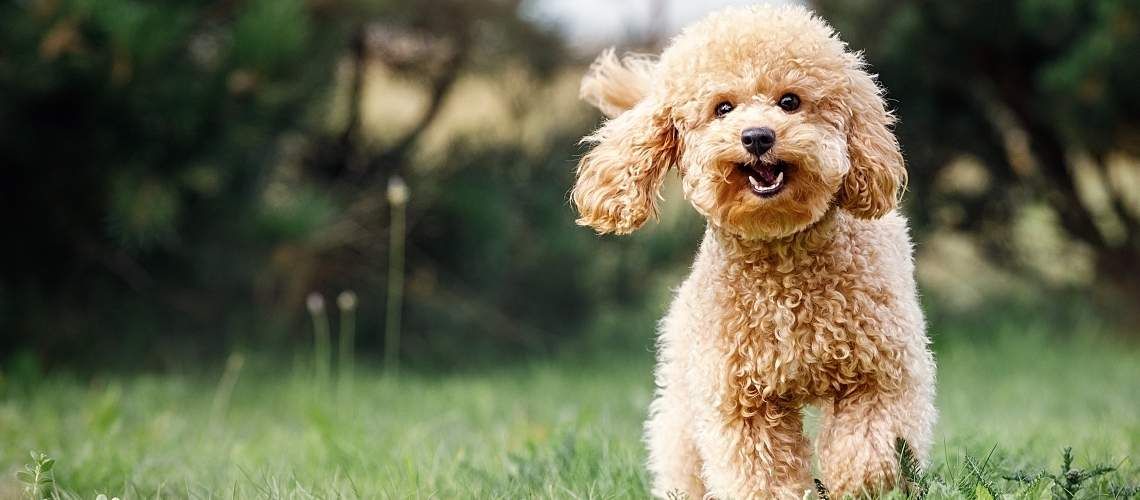Microscope Slide Preparation: Ensuring Veterinary Team Accuracy and Consistency


In veterinary medicine, diagnostic results are only as reliable as the sample submitted, so correct slide preparation is critical. Poor-quality specimens can cause errors that lead veterinarians down the wrong path. Working from incorrect information can be worse than having no information at all. Plus, re-collecting and resubmitting samples requires extra time and energy from your veterinary team, inconveniences the client, and causes the patient undue stress and discomfort.
Microscope cytology or hematology slide preparation requires following set steps in a specific order to preserve cell integrity and slide quality. Ensuring all team members receive training and follow standardized sample collection, preparation, and handling protocols can prevent additional cost and lost time. It's tempting to skip steps if team members are under pressure or lack training but following set protocols can make the business more efficient in the long term.
Take the IDEXX Learning Center course: Best Practices for Submitting Pathology Slides
Here are some tips to help you ensure your veterinary team is on the same page for microscope slide prep.
1. Create Detailed Protocols
The first step toward standardization is creating written slide preparation protocols. Appoint several senior team members, including a veterinarian, to create simple, step-by-step instructions for preparing each slide type. Encourage the protocol team to consult with their local reference lab to ensure they are following the correct procedures. Keep the finalized protocols in a booklet or binder for team members working in the lab area to reference, or post the instructions near the microscope or prep area. This ensures consistency, regardless of a team member's tenure or sample type rarity.
In addition, protocols should include information about choosing the correct supplies, labeling slides consistently, maximum slides to send to the lab, stain techniques, filling out history forms, and maintaining equipment.
2. Repeat Refresher Training
Ongoing training is key to team member success in all practice areas, including the lab. Ask the senior team members who created the protocols to hold several hands-on training sessions where small groups can practice new or complex techniques. Ensure lab training is included in the new team member onboarding process, so they can hit the ground running. Consider holding regular refresher sessions to keep everyone's skills up to date and inform them about new technology.
3. Don't Forget About Quality Control
Slide quality control is frequently overlooked in veterinary practice, but this is a critical step to avoid a nondiagnostic sample. A quality control step, which involves staining and reviewing a single slide to ensure all slides have sufficient diagnostic quality, should be included in each protocol for any sample designated for the outside reference lab. Save any additional slides you create until you receive your cytology results.
4. Foster a Collaborative, Patient-Centered Culture
Change can be difficult to implement in veterinary practice. But, resistant team members are more likely to comply with new protocols when they recognize how mistakes can impact their patients and the business. Fostering a patient-centered culture in your practice ensures quality veterinary medical care is the entire team's top priority, and they will work together toward that common goal. Emphasizing patient well-being and explaining the "why"—rather than simply enforcing rules—can motivate staff to excellence.
5. Create Practice Opportunities
Mastering new skills takes time, so offer your team plenty of opportunities to practice and perfect the newly implemented protocols. Encourage team members to ask questions and to actively participate in cases requiring slide preparation to learn from one another. Offer one-on-one training sessions or seek additional outside education for those who need extra help.
6. Solicit Feedback From the Team
Soliciting team feedback is important when you implement change in a veterinary practice. Ask for feedback as soon as you put the change in place and continue asking throughout the process. Leadership generally sees things differently from floor team members, but you must listen to and address genuine complaints or concerns from everyone. No protocol can be set in stone—it must be adjusted as necessary to promote efficiency without compromising patient care.
Follow these steps to create and implement solid slide preparation and sample handling protocols, and elevate your practice's cytology game. Once you've conquered slide prep, you'll have the infrastructure in place to add more protocols and standardize training practice-wide.






